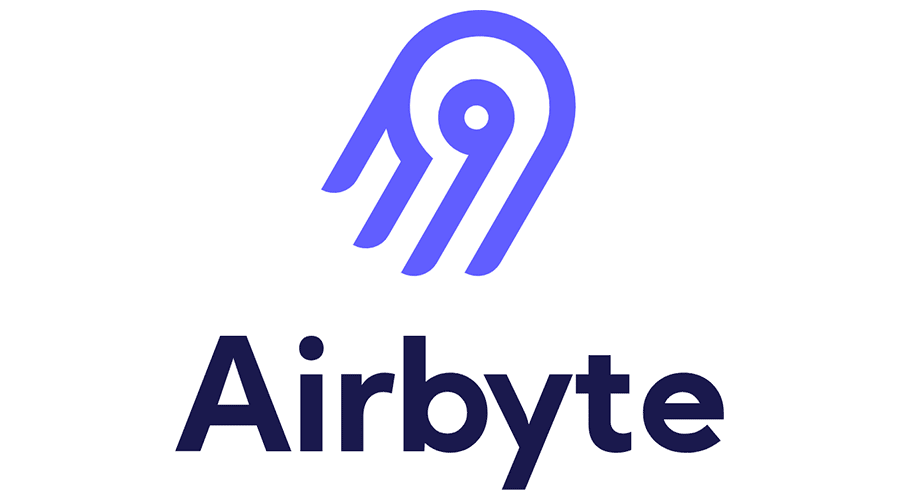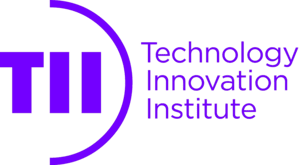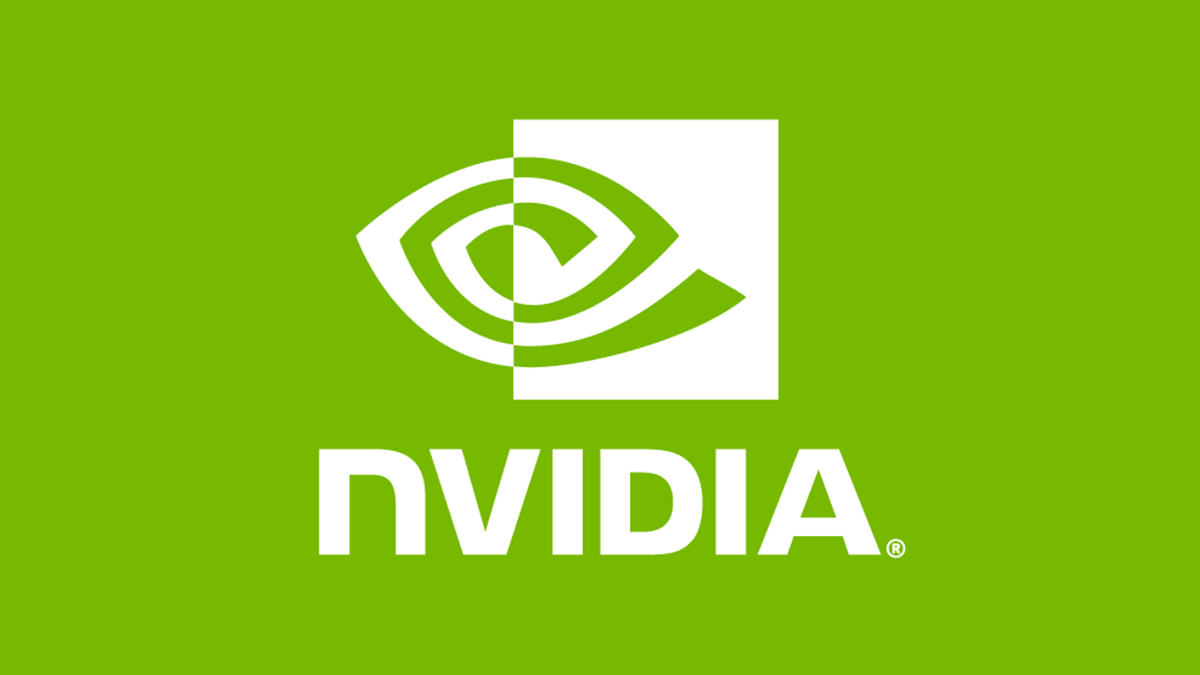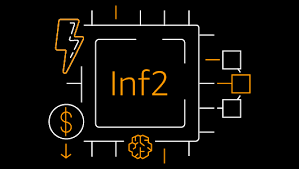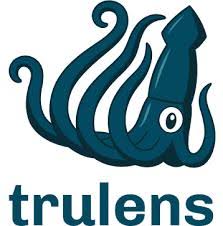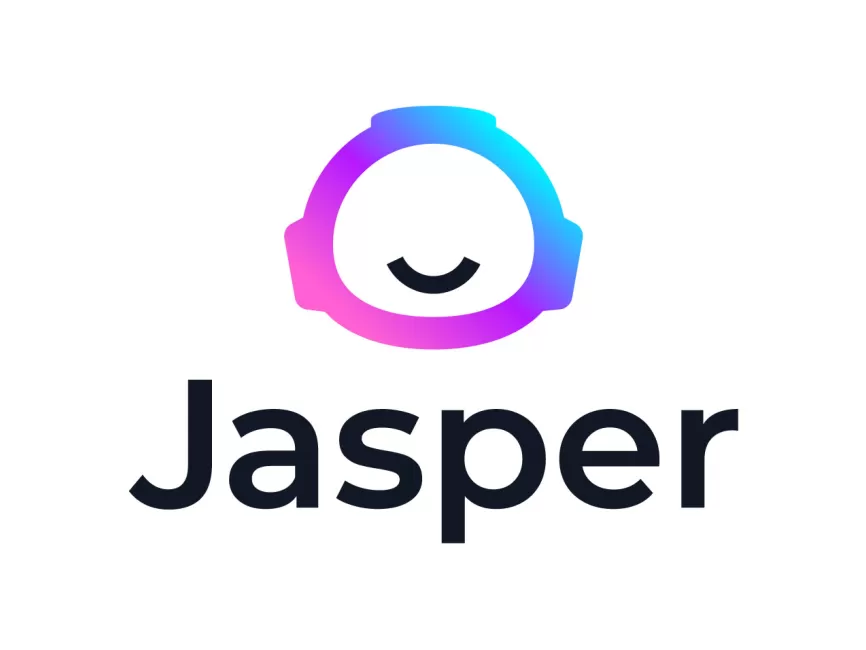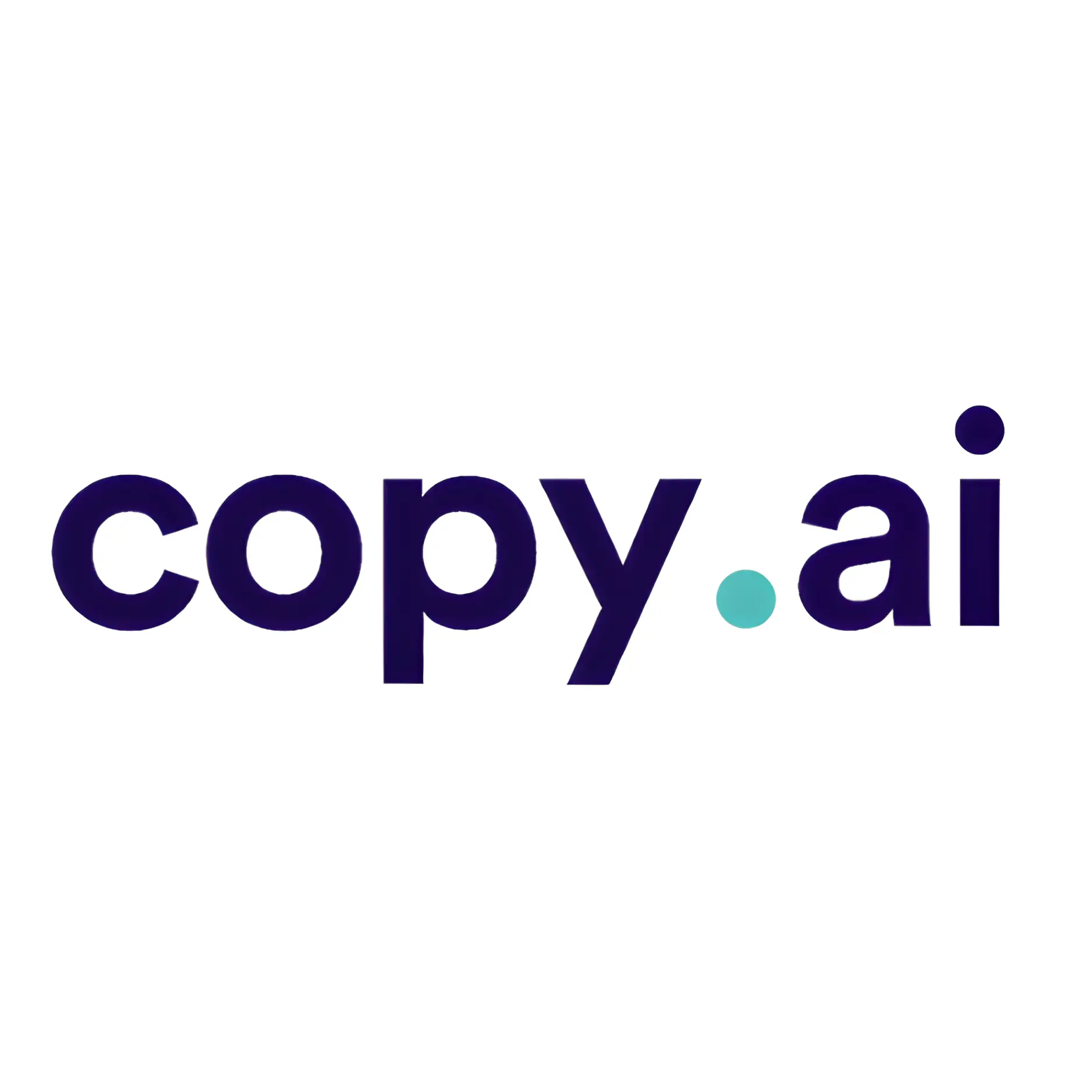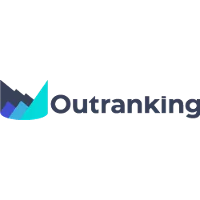
Infrastructure Layer
People Layer
Uses Cases Layer
Data Infrastructure
Data Integration and ETL

Data Integration and ETL
In marketing, data might come from various channels like social media, website analytics, CRM systems, email marketing platforms, and offline sources. Data Integration and ETL (Extract, Transform, Load) processes refer to the methods and tools used to collect data from these various sources, process it, and store it in a centralized location for analysis and use by AI systems.

Data Storage

Data Storage
Data storage plays a pivotal role in artificial intelligence, serving as the foundation for training models and deploying AI solutions at scale. Modern AI systems rely on a diverse ecosystem of storage solutions, each optimized for different aspects of the AI pipeline. Traditional relational databases like PostgreSQL and MySQL handle structured data efficiently, while document stores such as MongoDB excel at managing the unstructured data crucial for training language models. Data lakes, implemented using technologies like Amazon S3 or Azure Data Lake Storage, provide cost-effective solutions for storing vast amounts of raw training data.

Data Governance

Data Governance
Data governance consists of several key components that ensure data is properly managed, secured, and used responsibility:
- Metadata Management
- Tracks essential information about your data (‘data and data’)
- Includes details like data source, creation data and update frequency
- Documents data definitions, formats, and relationships
- Helps users understand what data they’re working with
- Data Lineage Tracking
- Maps the complete journey of data from source to destination
- Shows how data transforms and moves through systems
- Helps troubleshoot issues by identifying where problems occurred
- Ensures transparency in data processing steps
- Access Control
- Manages who can access what data
- Implements role-based access controls (RBAC)
- Sets up authentication and authorization protocols
- Prevents unauthorized data access
- Maintains audit logs of data access
- Privacy Compliance
- Ensures adherence to regulations like GDPR, CCPA, HIPAA
- Implements data protection measures
- Manages data retention policies
- Handles data subject rights (like right to erasure)
- Controls data sharing and transfer practices
The main goal of Data Governance is to ensure data is:
- Accurate and reliable
- Secure and protected
- Used ethically and legally
- Easily accessible to authorized users
- Consistently managed across the organization

Leadership
Vision & Strategic Alignment

Vision & Strategic Alignment
AI transformation is a top-down process that has to be driven by the top leadership.
- Define Clear AI Implementation Objectives
- E.g - Increase marketing ROI by X% through AI-driven optimization
- Reduce manual tasks by X% through automation
- Identify Specific Use Cases for AI Adoption
- Set Measurable Success Metrics and incentive structures
- Create Implementation Timeline
- Develop a Resource Allocation Plan
- Establish Governance Framework

KPIs & Incentives

KPIs & Incentives
Key Recommendations for Implementing these KPIs:
- Start with 2 - 3 most relevant metrics for your specific marketing goals
- Establish baseline measurements before implementing AI
- Track metrics monthly or quarterly to identify trends
- Adjust thresholds based on industry standards and company goals
- Use automated dashboards where possible to streamline tracking
Sample KPIs to Implement

Change Management

Change Management
CMO has to play a critical change management role when transforming the marketing function for a full-scale AI adoption. Here are some key strategies and best practices for managing this change:
- Focus on people first, technology second.
- Assess potential resistance points.
- Identify AI champions within the team and empower them.
- Create early wins by starting with simpler AI implementation and celebrate those early wins.
- Build a strong feedback loop system.
- Ensure transparent communication throughout the process.
- Maintain flexibility in your approach and be ready to adjust based on team needs.
- Monitor adoption metrics and report to all the stakeholders.

Analytics & Strategy
Sentiment analysis

Sentiment analysis
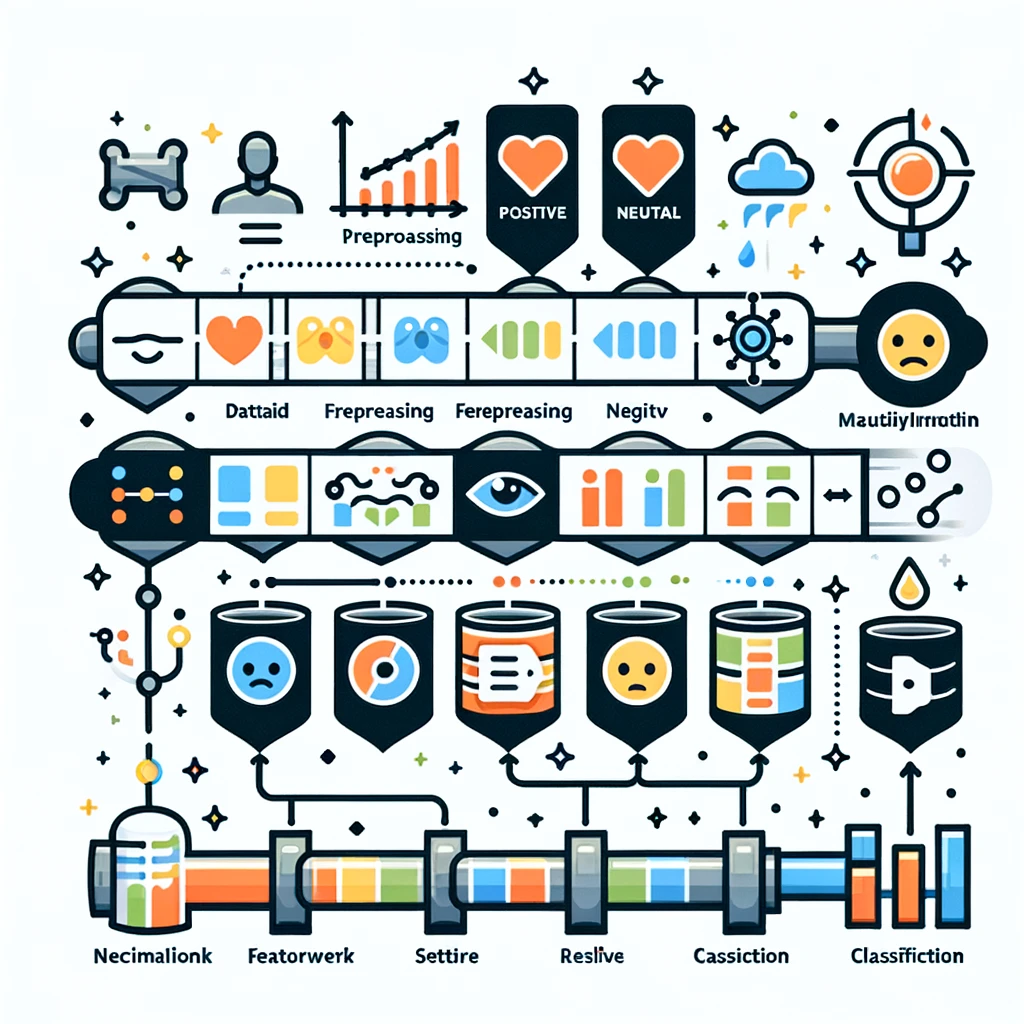
AI-based sentiment analysis is a powerful tool for marketers seeking to understand and respond to customer opinions at scale. By leveraging machine learning and NLP techniques, businesses can gain valuable insights into customer sentiments expressed across various platforms. These insights enable data-driven decision-making, personalized customer engagement, and proactive brand management.
Implementing AI-based sentiment analysis involves several steps, from data collection and preprocessing to model training and deployment. While challenges such as sarcasm detection and multilingual support exist, advancements in AI continue to improve the accuracy and effectiveness of sentiment analysis models.

Customer journey mapping

Customer journey mapping
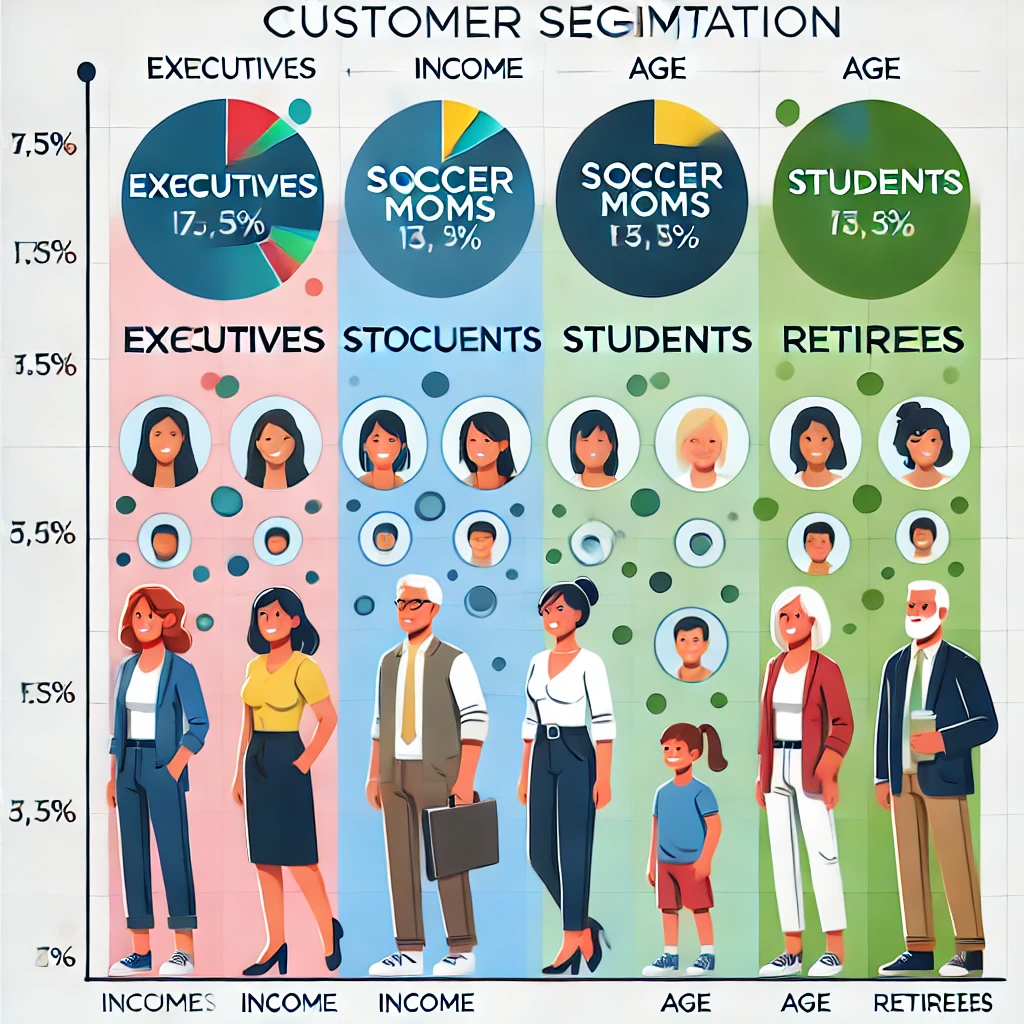
Customer Journey Mapping is the process of visualizing and understanding the steps a customer goes through when interacting with a company, from initial awareness to post-purchase engagement. It helps businesses identify touchpoints, pain points, and opportunities to enhance the customer experience. Traditional customer journey mapping often relies on manual data collection and static representations, which may not capture the dynamic and complex nature of modern customer interactions.
Artificial intelligence (AI) revolutionises customer journey mapping by leveraging machine learning algorithms and data analytics to process vast amounts of customer data in real-time. AI-based customer journey mapping enables businesses to gain deeper insights into customer behaviours, personalise experiences, predict future actions, and optimise interactions across all channels.

Demand & sales forecasting

Demand & sales forecasting
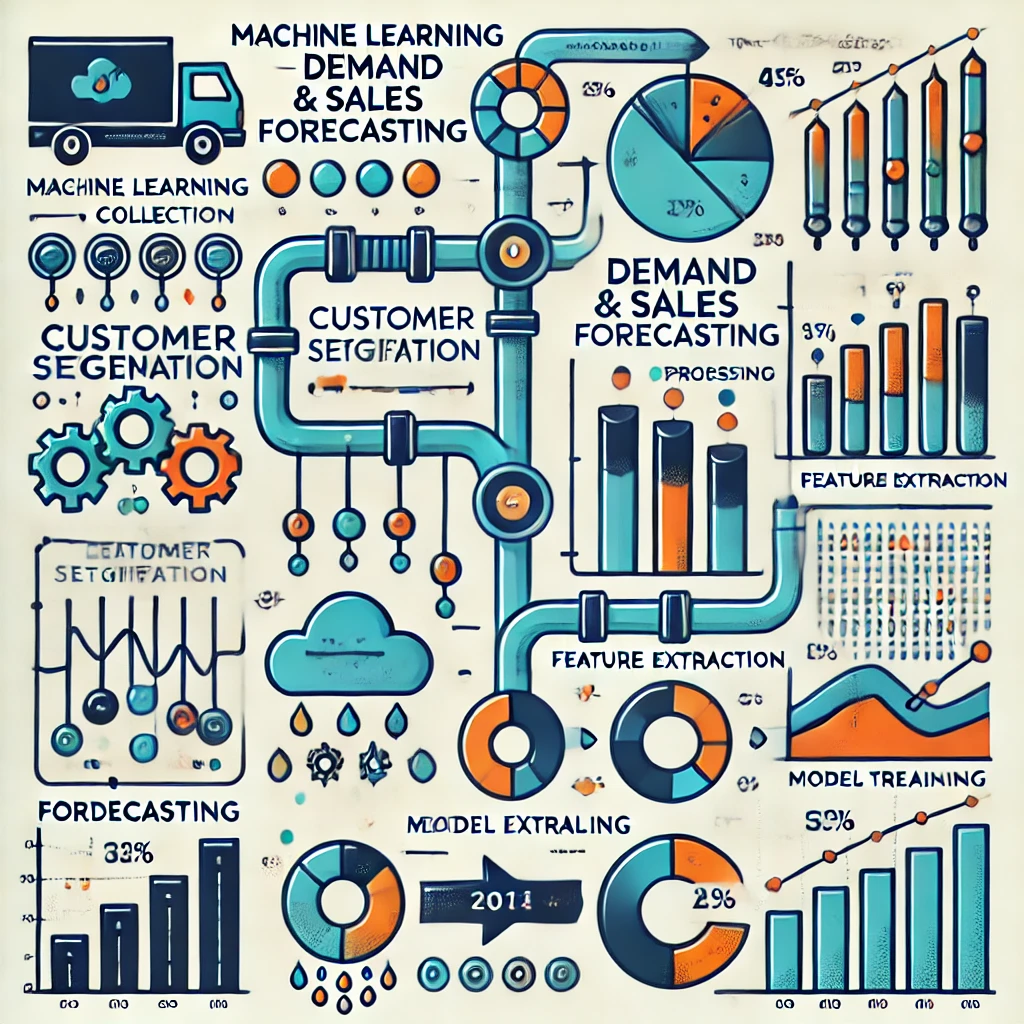
Demand and sales forecasting is the process of predicting future customer demand and sales volumes based on historical data, market trends, and other influencing factors. Accurate forecasting is crucial for businesses to optimize inventory levels, manage supply chains, allocate resources efficiently, and make informed strategic decisions.
Artificial intelligence (AI) has revolutionised demand and sales forecasting by leveraging advanced machine learning algorithms and data analytics to process vast amounts of data and uncover complex patterns that traditional methods might miss. AI-based forecasting models can handle nonlinear relationships, adapt to changing market conditions, and provide more accurate and timely predictions.

LLM & RAG
LLMs

Large Language Models
The impact of Large Language Models (LLMs) on organizations is profound, touching upon various aspects of operations, innovation, and competitiveness. When evaluating LLMs, several key considerations come into play, that include performance metrics such as accuracy, fluency and coherence, scalability, resource requirements, customization options, and ethical considerations.

Vectordatabses and Knowledge Graphs

Vectordatabses and Knowledge Graphs
Vector databases and knowledge graphs are an important component when it comes to building company or domain specific AI applications and solutions. A vector database is a specilaized database is specialized database that stores and efficiently searches through vector embeddings - numerical representations of your text, images, or other data. If an AI system is like a smart consultant, the vector database is like giving that consultant instant access to all your company's documents, but in a way where they can quickly find exactly what's relevant to any question - even if the question is asked in a different way than it's written in the documents.

Enhancement Platforms and Technologies

Enhancement Platforms and Technologies
AI enhancement platforms and technologies are designed to improve performance, scalability, and efficiency in AI model building and deployment. Think of them as the ‘turbochargers’ for your AI engine, whereas their collective role is to solve three main challenges:
Speed
- Making AI responses faster (sometimes from seconds to milliseconds).
- Reducing the waiting time for users.
- Enabling real-time applications.
Cost
- Making AI systems cheaper to run.
- Reducing the number of unnecessary computations.
- Better resource utilization.
Quality
- Ensuring AI responses are accurate and reliable.
- Monitoring and improving performance.
- Making systems more stable and production-ready.
Available Tools

People & Teams
Training & Upskilling

Training & Upskilling
Here is a curated list of AI Courses that you can enroll today to upskill yours or your marketing team

AI-literate Marketer

AI-literate Marketer
An AI-literate marketer is someone who understands how to effectively leverage artificial intelligence tools and concepts in their marketing strategies while being aware of both the capabilities and limitations of AI technology.
Some core tools & technologies that AI-literate marketing should be comfortable (not master) with:
- GPT-based tools (ChatGPT, Claude) for copywriting and ideation.
- Jasper.ai, Copy.ai for marketing copy.
- DALL-E, Midjourney, Stable Diffusion for image creation.
- Google Analytics 4 with its AI/ML capabilities.
- Meta's AI-powered ad tools.
- Google's Performance Max campaigns.
- Canva AI features.
- Momentro for marketing intelligence.

Specialized AI talent - Recruitment

Engagement
Automated social media management

Automated social media management
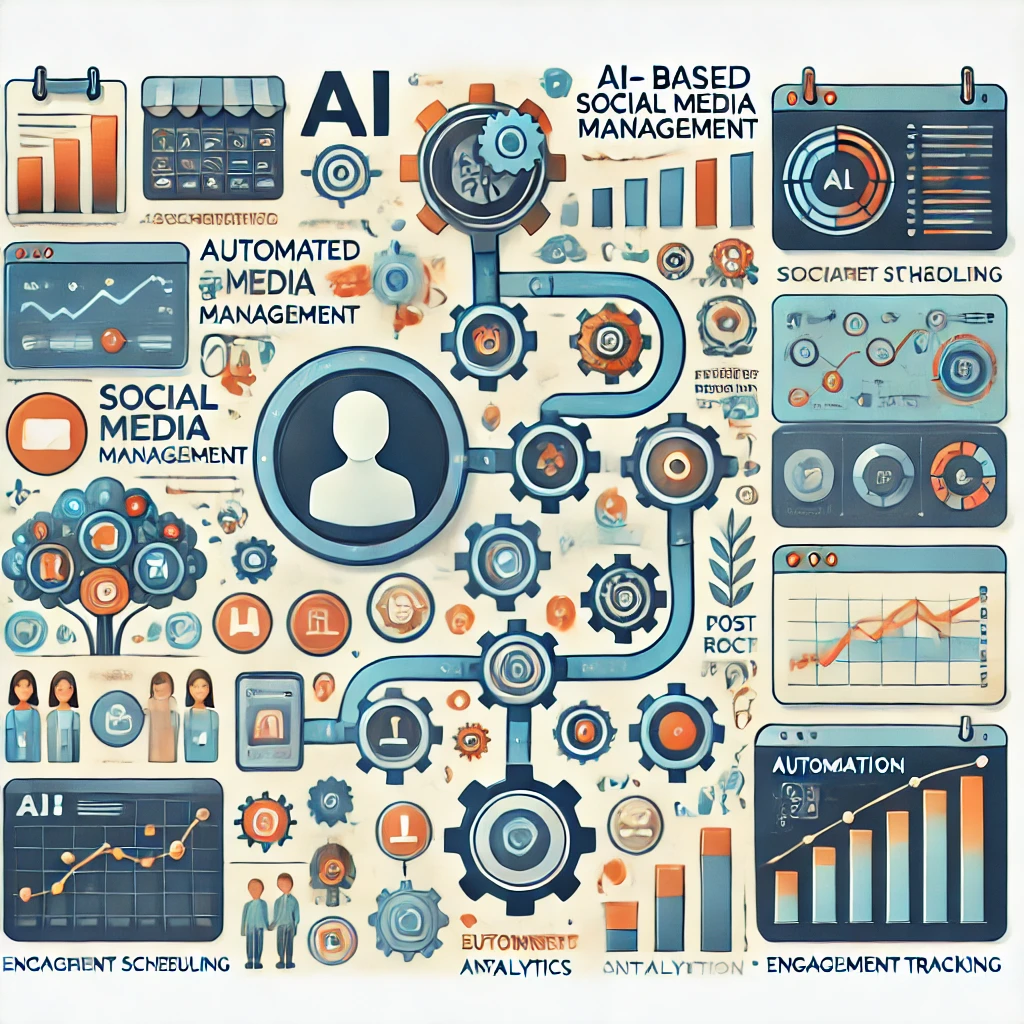
Artificial Intelligence (AI) has emerged as a transformative solution, enhancing social media management by automating tasks, providing actionable insights, and enabling personalized customer engagement, especially with the proliferation of social media channels.
- Optimal Scheduling: AI algorithms analyze user activity patterns to determine the best times to post content for maximum engagement.
- Real-Time Monitoring: Tracks brand mentions, hashtags, and keywords across platforms to stay updated on public perception.
- Crisis Management: Detects potential PR issues early, allowing for prompt response.
- A/B Testing Automation: Automatically tests different ad variations to determine the most effective elements.

Chatbots & conversation agents

Chatbots & conversation agents
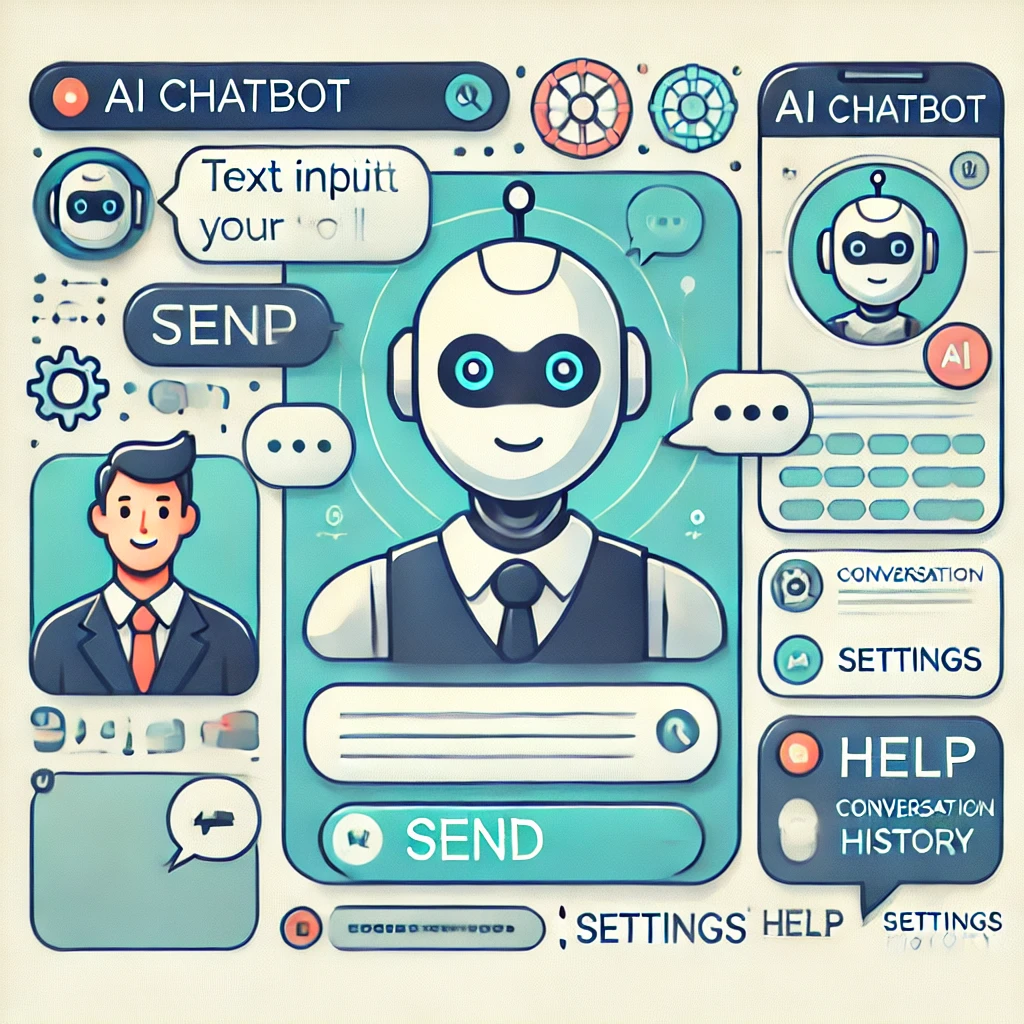
Customer service chatbots have become an integral part of modern businesses, offering instant support and enhancing customer experience. Artificial Intelligence (AI) has significantly advanced these chatbots, enabling them to understand natural language, provide accurate information, and handle complex queries. One of the cutting-edge techniques enhancing AI chatbots is Retrieval-Augmented Generation (RAG). By combining large language models with information retrieval systems, RAG allows chatbots to generate more accurate and contextually relevant responses.

Hyper personalization

Hyper personalization

Marketing personalization is the practice of delivering tailored messages, offers, and experiences to individual customers based on their unique preferences, behaviors, and demographics. With the explosion of data and advances in technology, Artificial Intelligence (AI) has become a pivotal tool in enhancing personalization efforts. AI enables businesses to analyze vast amounts of customer data in real-time, uncover hidden patterns, and automate personalized interactions at scale.
AI-based marketing personalization enhances customer engagement, boosts conversion rates, and fosters brand loyalty by providing relevant and timely interactions. By leveraging machine learning algorithms, companies can predict customer needs, recommend products, and deliver content that resonates with individual users.
Key parameters in building personalization models include customer demographics, behavioral data, contextual information, engagement metrics, and psychographics. Incorporating these factors allows for the creation of sophisticated models that predict customer needs and deliver personalized content, offers, and recommendations.

Apps & Tools
Governance and Ethics
Regulatory Compliance

Regulatory Compliance
When implementing AI in a marketing department, regulatory compliance is essential to safeguard consumer trust, data integrity, and brand reputation. Compliance revolves around adhering to data privacy, intellectual property, and AI-specific regulations. These ensure the ethical and legal handling of consumer data, transparency in AI-driven interactions, and protection of intellectual property rights. Key regulations like the General Data Protection Regulation (GDPR) and California Consumer Privacy Act (CCPA) govern how consumer data is collected, processed, and shared, requiring marketers to prioritize data minimization and consent management.
Moreover, emerging AI regulations, such as the EU Artificial Intelligence Act and the U.S. Executive Order on AI (2023), place responsibility on organizations to classify AI usage by risk and ensure transparency and fairness in AI-generated content.
Also it is important to know that the regulatory landscape is rapidly evolving, particularly for AI, which is why regular updates to your compliance framework will be essential.
Download the summary regulatory guide for AI implementation

Ethics & Guidelines

Ethics & Guidelines
Having a strong ethics framework is essential before scaling the AI marketing function of an organization. Ethical guidelines focus on transparency, fairness, privacy, and accountability. These are crucial for maintaining trust with customers and stakeholders.
Download the sample: AI Ethics and Guidance Policy for Marketing Departments.

Privacy

Governance and Ethics
As an organization scales its AI function, it will be important to have a board approved AI Privacy Policy, just like the standard Privacy Policy and Terms of Service used by companies. The AI Privacy Policy covers key aspects of data protection and privacy specifically related to AI systems in a business context. Here are some important points to note:
- The policy addresses AI-specific concerns such as algorithm transparency, human oversight, and bias mitigation.
- It outlines the types of data collected, methods of collection, and purposes of data processing.
- The policy emphasizes adherence to key data processing principles like lawfulness, fairness, transparency, and data minimization.
- It clearly states the rights of data subjects and provides information on how these rights can be exercised.
- The policy includes sections on data sharing, retention, and security measures to ensure comprehensive coverage of data handling practices.
Download the same AI privacy policy

Branding & Advertising
Ad creation

Ad creation
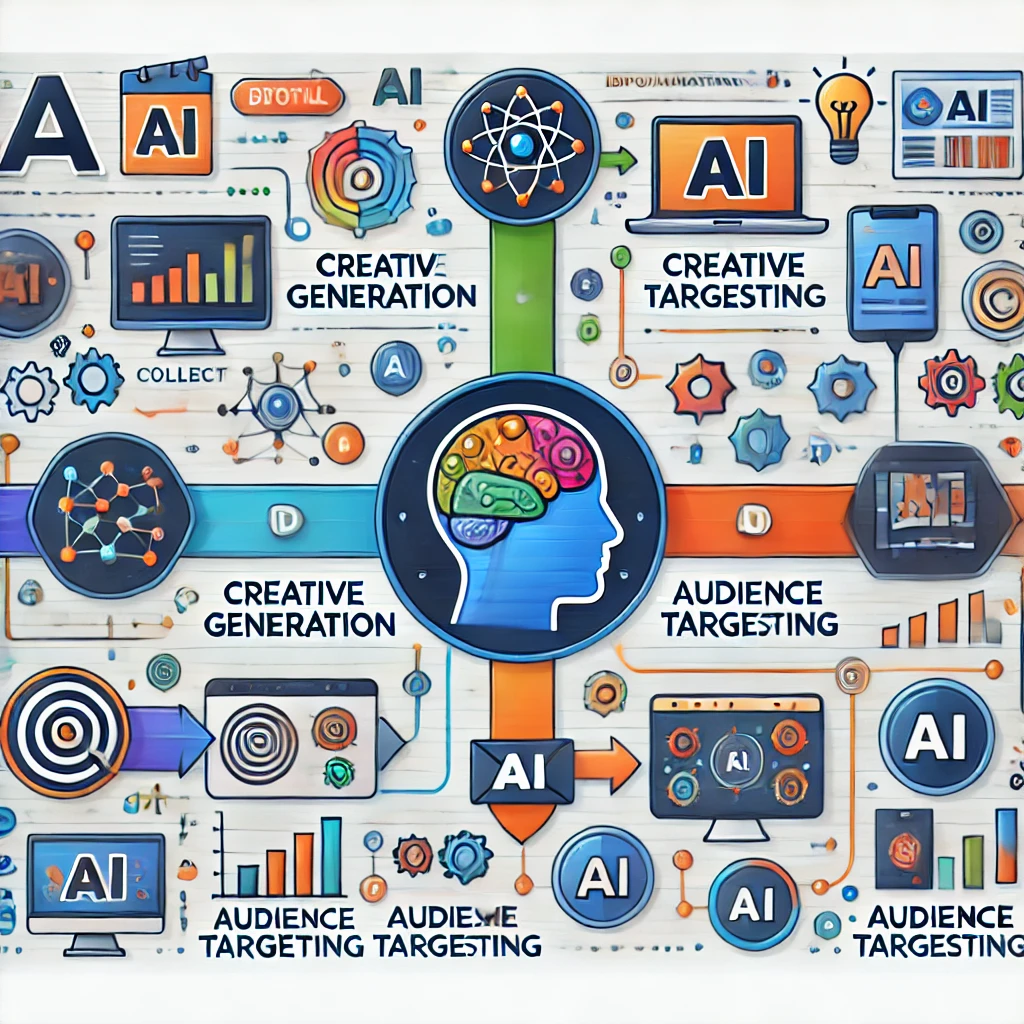
AI-based ad creation is revolutionizing the way businesses develop and deploy advertising content. By harnessing machine learning techniques such as NLP, GANs and deep learning; marketers can generate personalized ad copies and creative assets at scale. This approach leads to more efficient processes, cost savings, and improved campaign performance through data-driven optimization.
However, successful implementation requires careful consideration of data privacy, quality control, and alignment with brand identity. Balancing automation with human oversight ensures that AI-generated ads are both effective and resonate authentically with target audiences. As AI technologies continue to advance, they will play an increasingly significant role in shaping the future of advertising.

Campaign forecasting & optimization

Campaign forecasting & optimization
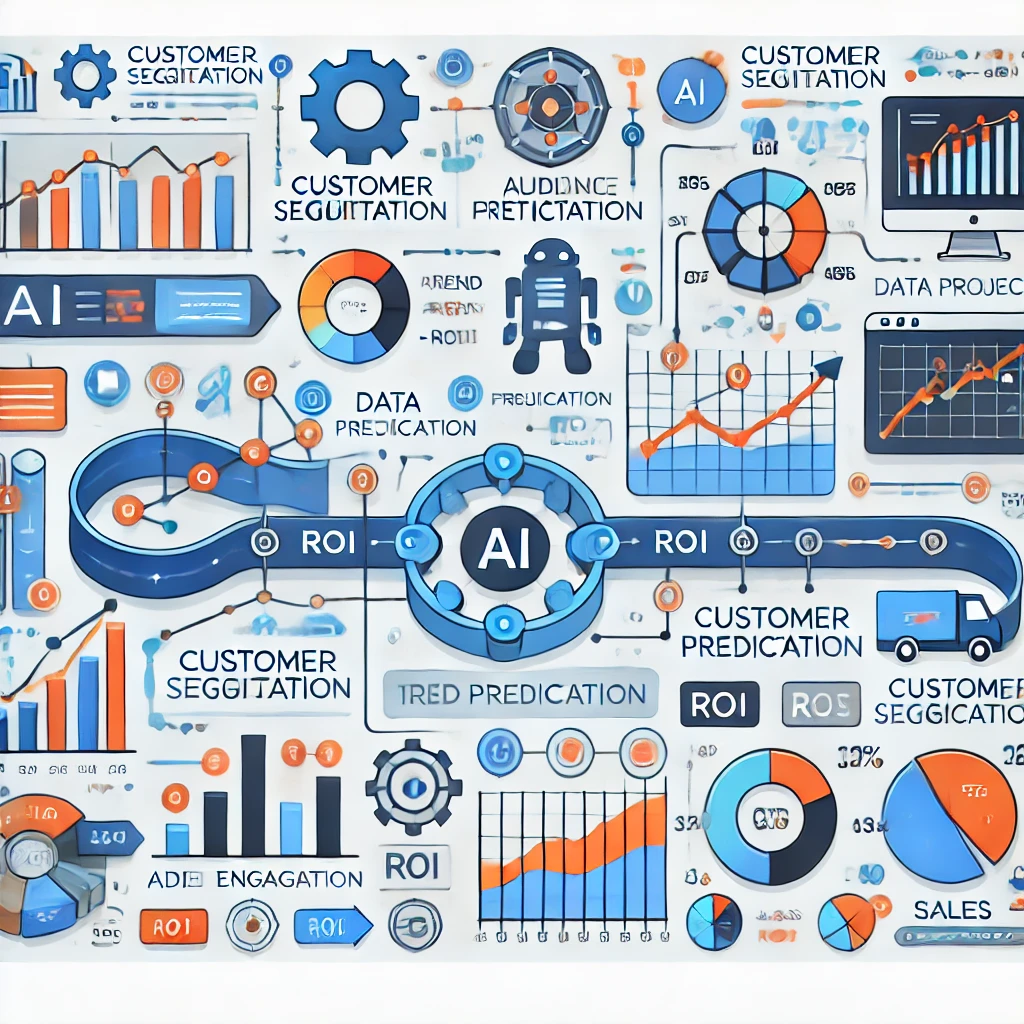
Advertising campaign forecasting and optimization are critical components of modern marketing strategies. Forecasting involves predicting the future performance of advertising campaigns, such as expected impressions, clicks, conversions, and return on investment (ROI). Optimization focuses on adjusting various campaign parameters to maximize desired outcomes, such as increasing conversions or reducing costs.
Artificial Intelligence (AI) has significantly enhanced these processes by leveraging machine learning algorithms and data analytics to analyze vast amounts of data, uncover patterns, and make data-driven decisions in real-time. AI-based advertising campaign forecasting and optimization enable marketers to predict campaign performance more accurately, allocate budgets efficiently, personalize ad content, and ultimately achieve better ROI.

Web and landing page creation

Web and landing page creation

AI-based landing page creation leverages machine learning and natural language processing to automate and enhance the design process. Key technologies include:
- Natural Language Processing (NLP): Analyzes user inputs to understand intent and generate relevant content.
- Computer Vision: Processes and optimizes images, ensuring visual appeal and proper placement.
- Generative AI: Creates unique text, images, and layouts based on user requirements.
- Machine Learning: Optimizes page elements based on user engagement data.
- Recommendation Systems: Suggests design elements and content that align with the target audience.
- A/B Testing Algorithms: Automatically test different versions to identify the most effective design.

SEO Optimization

SEO Optimization
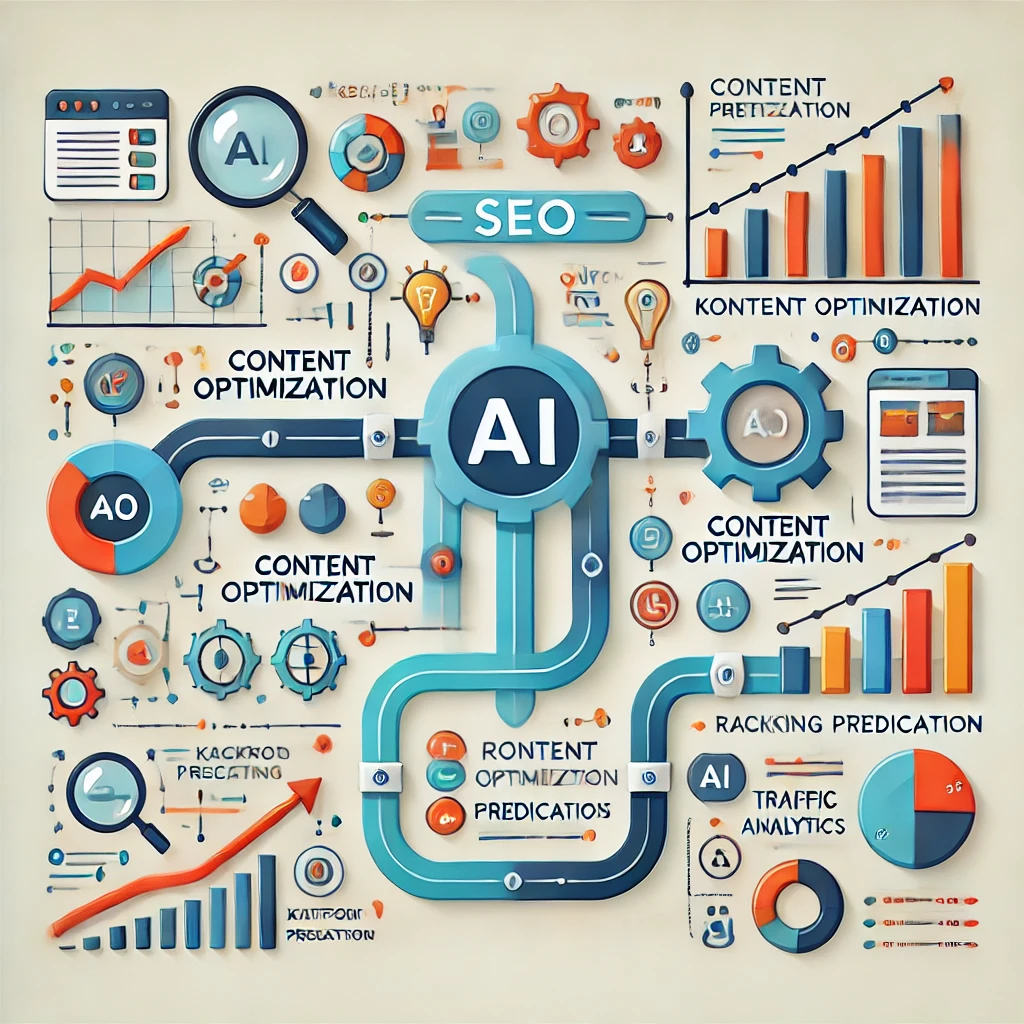
Search Engine Optimization (SEO) is the practice of enhancing a website's visibility on search engine results pages (SERPs) to attract more organic traffic. Traditional SEO involves keyword research, content optimization, backlink building, and technical adjustments to improve site performance. However, as search engines become more sophisticated, incorporating Artificial Intelligence (AI) into SEO strategies has become essential. AI-based SEO optimization leverages machine learning algorithms and data analytics to analyze vast amounts of data, predict search engine behavior, and automate SEO tasks. By integrating AI, businesses can gain deeper insights into user intent, optimize content more effectively, and stay ahead in the competitive digital landscape.

Email Marketing

Email Marketing
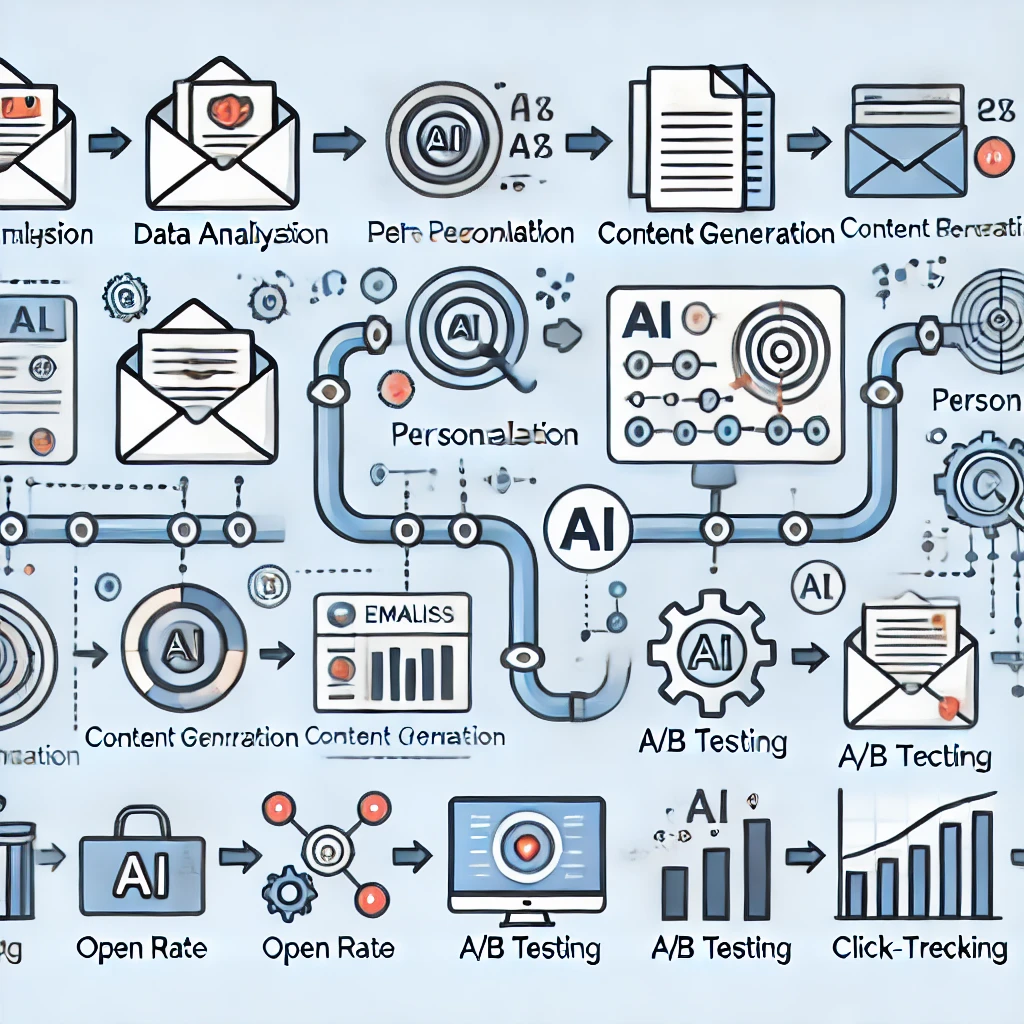
AI-based email marketing involves the use of artificial intelligence to enhance and automate various aspects of email marketing campaigns. Here's a brief summary:
- Personalization: AI allows marketers to create highly personalized content for each subscriber; tailoring subject lines, email body content and product recommendations based on user behavior, preferences and demographics.
- Automation: AI-driven tools can automate workflows, such sending follow-up emails, re-engagement campaigns or targeted promotions at the optimal time, based on predictive algorithms and user interaction data.
- Segmentation: AI helps in segmenting audiences more effectively by analyzing data to identify patterns and behaviors, allowing marketers to create more precise and relevant customer groups.
- Predictive Analytics: AI can forecast future customer behavior, such as predicting which products they are likely to purchase, or when they might open an email, helping businesses optimize their marketing strategies.
- A/B Testing: AI can conduct A/B tests more efficiently by quickly analyzing which version of an email performs better and adjusting future campaigns in real time.

AI influencers

AI influencers

AI influencers are virtual personalities created using artificial intelligence technologies to simulate human-like characteristics and behaviors on social media platforms. These digital avatars can engage with audiences, endorse products, and participate in marketing campaigns much like human influencers. The rise of AI influencers represents a fusion of technology, marketing, and entertainment, offering brands innovative ways to connect with consumers.
By leveraging advanced AI technologies such as computer graphics, machine learning, NLP, and data analytics, these virtual personalities offer brands new avenues for engagement and storytelling. While they provide numerous benefits like controlled branding and cost efficiency, they also present challenges related to authenticity, ethics, and technical complexity. As technology continues to evolve, AI influencers are poised to become more sophisticated, potentially reshaping the landscape of social media and digital marketing.
Popular AI Influcers for Inspiration

Conversion
Lead scoring

Lead scoring
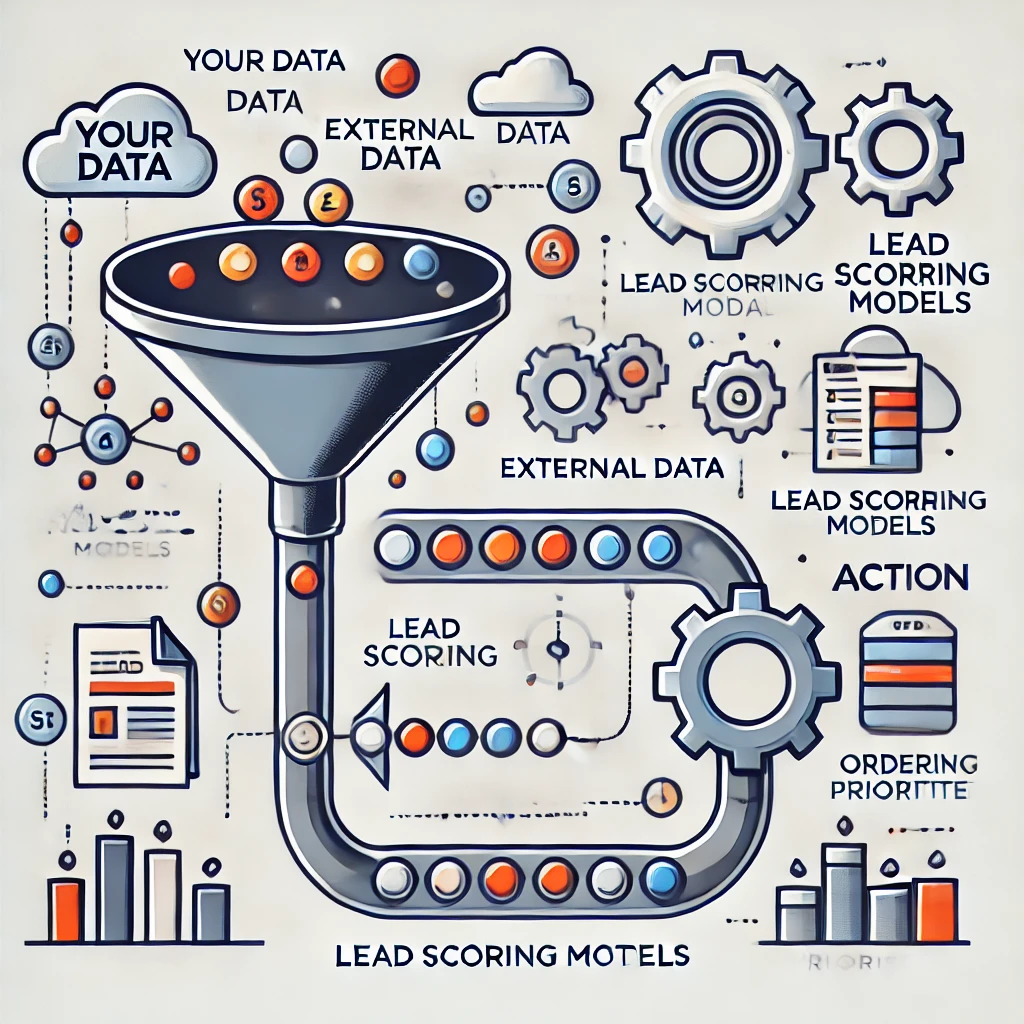
Sales lead scoring is a vital process in marketing and sales strategies, involving the ranking of prospective customers (leads) based on their perceived value to the company. Traditional lead scoring methods often rely on manual inputs and predefined criteria, which can be time-consuming and may not accurately capture the complex factors that predict a lead's likelihood to convert.
Artificial Intelligence (AI) revolutionizes sales lead scoring by leveraging machine learning algorithms to analyze vast amounts of data and identify patterns that human analysts might miss. AI-based lead scoring automates the process, provides more accurate predictions, and enables sales teams to prioritize leads more effectively.

Price optimization

Price optimization
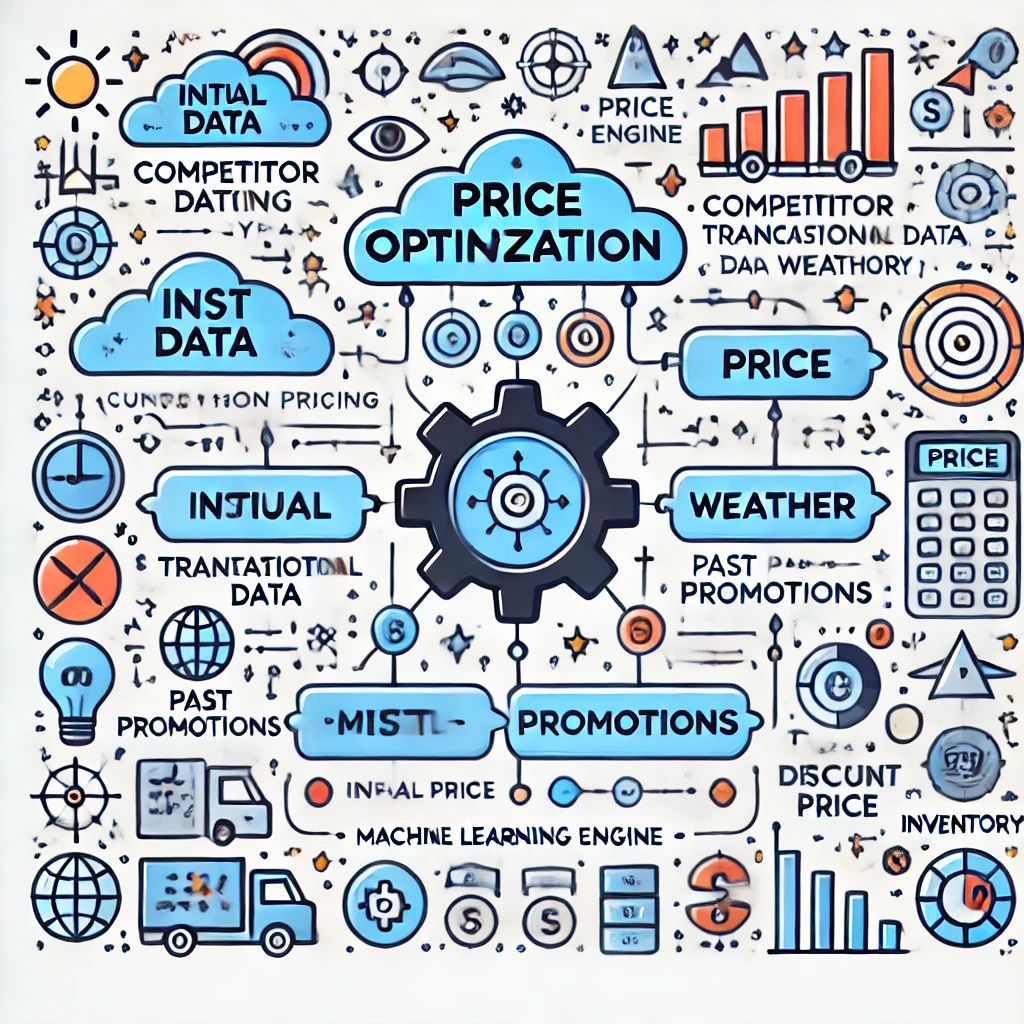
Price optimization is the strategic process of determining the best pricing for products or services to maximize specific business objectives, such as revenue, profit margins, or market share. In an increasingly competitive and dynamic market landscape, traditional pricing methods—relying on manual adjustments and simplistic models—often fall short in capturing the complexities of consumer behavior, market dynamics, and operational constraints.
Artificial Intelligence (AI) and Machine Learning (ML) have revolutionized price optimization by enabling businesses to analyze vast amounts of data, recognize patterns, and make data-driven pricing decisions in real-time. These advanced systems consider a multitude of variables, from historical sales data to external factors like competitor pricing and economic indicators, to suggest optimal prices that align with business goals.

Recommendation engines

Recommendation engines
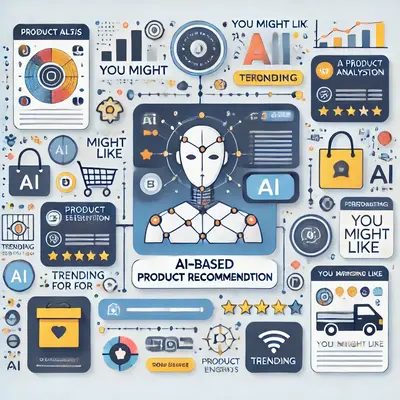
AI-based product recommendation engines significantly enhance user engagement and drive sales by providing personalized, relevant suggestions. By leveraging a variety of machine learning techniques—including collaborative filtering, content-based filtering, hybrid methods, and deep learning—businesses can create robust recommendation systems tailored to their specific needs.
Implementing such systems involves careful consideration of data quality, algorithm selection, and ongoing model maintenance to address challenges like the cold start problem and data sparsity.

Retention & Growth
Churn prediction and LTV analysis

Churn prediction and LTV analysis

Customer churn prediction and lifetime value (LTV) analysis are critical components of customer relationship management strategies. Churn prediction aims to identify customers who are likely to discontinue using a company's products or services, allowing businesses to implement retention strategies proactively. LTV analysis estimates the total revenue a business can expect from a customer over the entire duration of their relationship, helping in resource allocation and marketing efforts.
Artificial Intelligence (AI) and Machine Learning (ML) enhance these processes by analyzing vast amounts of data to uncover patterns and make accurate predictions. Leveraging AI for churn prediction and LTV analysis enables companies to personalize customer experiences, optimize marketing campaigns, and improve overall profitability.

Customer segmentation

Customer segmentation

Customer segmentation is a vital marketing strategy that involves dividing a company's customer base into distinct groups (segments) based on shared characteristics. This enables businesses to tailor their marketing efforts, improve customer satisfaction, and enhance profitability by targeting specific segments with customized products or services.
Machine Learning (ML) brings sophistication to customer segmentation by automatically identifying patterns and relationships within large datasets that might be too complex for traditional analytical methods. ML algorithms can handle vast amounts of data and uncover intricate structures, leading to more precise and actionable segments.

Cross-selling & upselling engines

Cross-selling & upselling engines
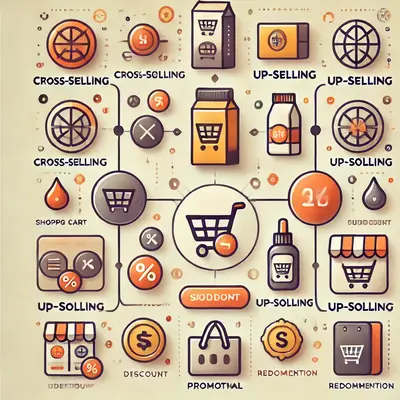
AI-based cross-selling and upselling engines use data-driven insights to recommend additional or higher-value products and services, increasing revenue and improving the customer experience. By analyzing customer purchase history, browsing behavior, and product attributes, these engines create personalized profiles and identify relevant product pairs.
Using machine learning techniques like collaborative filtering, content-based filtering, and deep learning, the AI presents real-time, contextually relevant recommendations during browsing or checkout, tailored to each customer’s needs. This approach boosts conversion rates, increases average order value, enhances the shopping experience, and enables scalable, efficient personalization, making it a powerful tool for sales growth and customer satisfaction.








